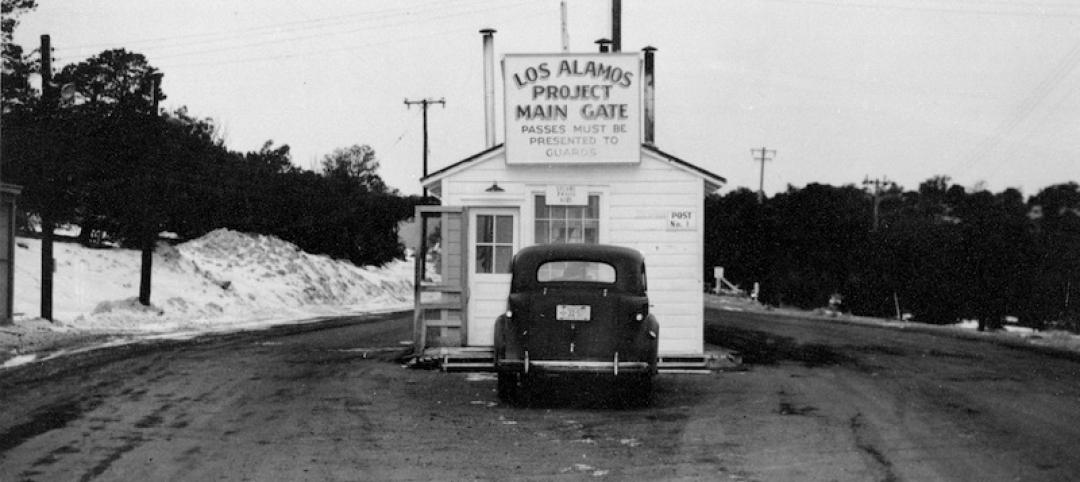Permeable Pavements, billed as “the first comprehensive handbook for the proper design, construction, and maintenance of permeable pavement systems,” is now available.
Permeable pavements enable reduced stormwater runoff, increased groundwater recharge, and improved water quality. This reference book is aimed at urban planners, landscape architects, municipalities, transportation agencies, regulatory agencies, and property owners.
This new book from the American Society of Civil Engineers provides guidance for the design, construction, and maintenance of permeable pavement systems that provide transportation surfaces and manage stormwater and urban runoff drainage using interlocking pavers. It presents an overview of typical permeable pavement systems, and reviews the design considerations.
Detailed design, construction, use, and performance information is provided for porous asphalt, pervious concrete, permeable interlocking concrete pavement, and grid pavements. Fact sheets and checklists help to successfully incorporate permeable pavement systems into design projects. Additional chapters summarize emerging technologies, maintenance considerations, hydrologic design approaches, key components for specification writing, and key areas for additional research.
Related Stories
Architects | Mar 7, 2018
New National Building Museum exhibit explores the architecture of the Manhattan Project
The exhibit will run through March 3, 2019.
Urban Planning | Feb 26, 2018
A new way to approach community involvement for brownfield projects
A new community engagement program works with young adults to help the future of the neighborhood and get others involved.
Urban Planning | Feb 23, 2018
Paris car ban along the river Seine deemed illegal
Mayor Anne Hidalgo has appealed the decision.
Urban Planning | Feb 21, 2018
Leading communities in the Second Machine Age
What exactly is the Second Machine Age? The name refers to a book by MIT researchers Erik Brynjolfsson and Andrew McAfee.
Urban Planning | Feb 14, 2018
6 urban design trends to watch in 2018
2017 saw the continuation of the evolution of expectations on the part of consumers, developers, office workers, and cities.
Urban Planning | Feb 12, 2018
Stormwater as an asset on urban campuses
While there is no single silver bullet to reverse the effects of climate change, designers can help to plan ahead for handling more water in our cities by working with private and public land-holders who promote more sustainable design and development.
Urban Planning | Jan 24, 2018
Vision Zero comes to Austin: An outside perspective
Aside from the roads being wider and the lack of infrastructure for bikes and pedestrians, there seemed to be some deeper unpredictability in the movement of people, vehicles, bikes, and buses.
Urban Planning | Jan 10, 2018
Keys to the city: Urban planning and our climate future
Corporate interests large and small are already focused on what the impact of climate change means to their business.
Urban Planning | Jan 2, 2018
The ethics of urbanization
While we focus on designing organized and supportive architecture, much of urbanization is created through informal settlements.
Urban Planning | Dec 5, 2017
A call for urban intensification
Rather than focus on urban “densification" perhaps we should consider urban “intensification.”

















